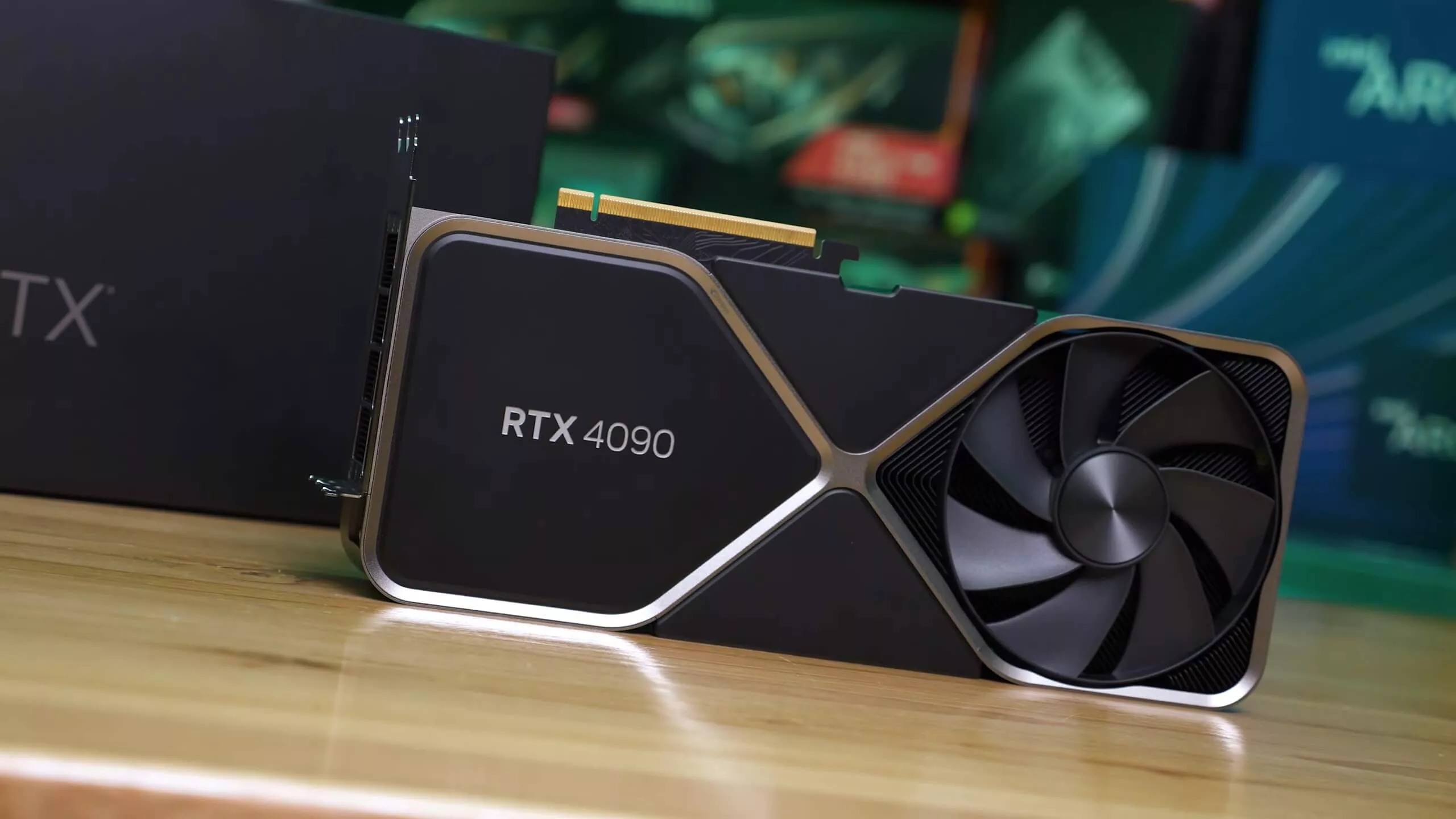Rumor mill: We've heard several rumors regarding Nvidia's RTX 5000 Blackwell series of graphics cards, but one element that is light on details is the pricing. A recent claim about the RTX 5090 stated that it would cost close to $2,500, but a more reliable leaker says this is untrue. According to their prediction, the flagship's price increase over the RTX 4090 won't be significant.

It was announced last week that Nvidia boss Jensen Huang will be delivering the company's CES 2025 opening keynote, marking the first time he's taken over presenting duties from Nvidia SVP Jeff Fisher since 2019. It suggests that Team Green will have something big on show, likely the RTX 5070, RTX 5080, and RTX 5090.
We've seen quite a few claims about the Blackwell cards' specs, but price details have been light. Last week, YouTube channel Moore's Law is Dead (MLID) said the RTX 5090 will be between $1,999 and $2,499, with the MSRP likely closer to the latter figure. If true, that would make it almost $1,000 more than the RTX 4090's $1,599 MSRP when it launched in November 2022.
Thankfully, MLID doesn't have the best reputation when it comes to these sorts of claims. A more reliable source, kopite7kimi, was asked for their take. The prolific leaker said there won't be a "significant" price increase for the RTX 5090.
I don't believe there will be a significant price increase for RTX 5090.
– kopite7kimi (@kopite7kimi) October 10, 2024
Nvidia is certainly no stranger to releasing cards with comically expensive price tags. The RTX 3090 Ti carried a massive $1,999 MSRP when it arrived in January 2022. There was also the Titan RTX, which cost $2,499 in 2018 – though it was designed more for AI researchers, content creators, and data scientists.
Nvidia faced plenty of backlash over the way it priced (I.e. too high) the RTX 4000 Lovelace series, so one would imagine it will avoid the same mistakes with Blackwell. However, AMD has confirmed that its RX 8000 series won't be competing with its rival's top-tier next-gen cards, meaning the RTX 5080 and RTX 5090 will likely go unchallenged. That could give Nvidia the confidence to price its new GPUs higher than expected, knowing that those consumers who always demand the best products will be willing to pay. There's also the fact that around 78% of Nvidia's revenue comes from its data center business.
GeForce RTX 5090
– kopite7kimi (@kopite7kimi) September 26, 2024
PG144/145-SKU30
GB202-300-A1
21760FP32
512-bit GDDR7 32G
600W
Kopite7kimi recently said that the RTX 5090 will include 32GB of GDDR7 VRAM on a 512-bit memory bus, feature 21,760 CUDA cores, and consume 600W. The RTX 5080, meanwhile, could have 16GB of VRAM, 10,752 CUDA cores, and a 320W TDP.
Leaker disputes $2,500 RTX 5090 pricing, says increase over RTX 4090 likely minimal


